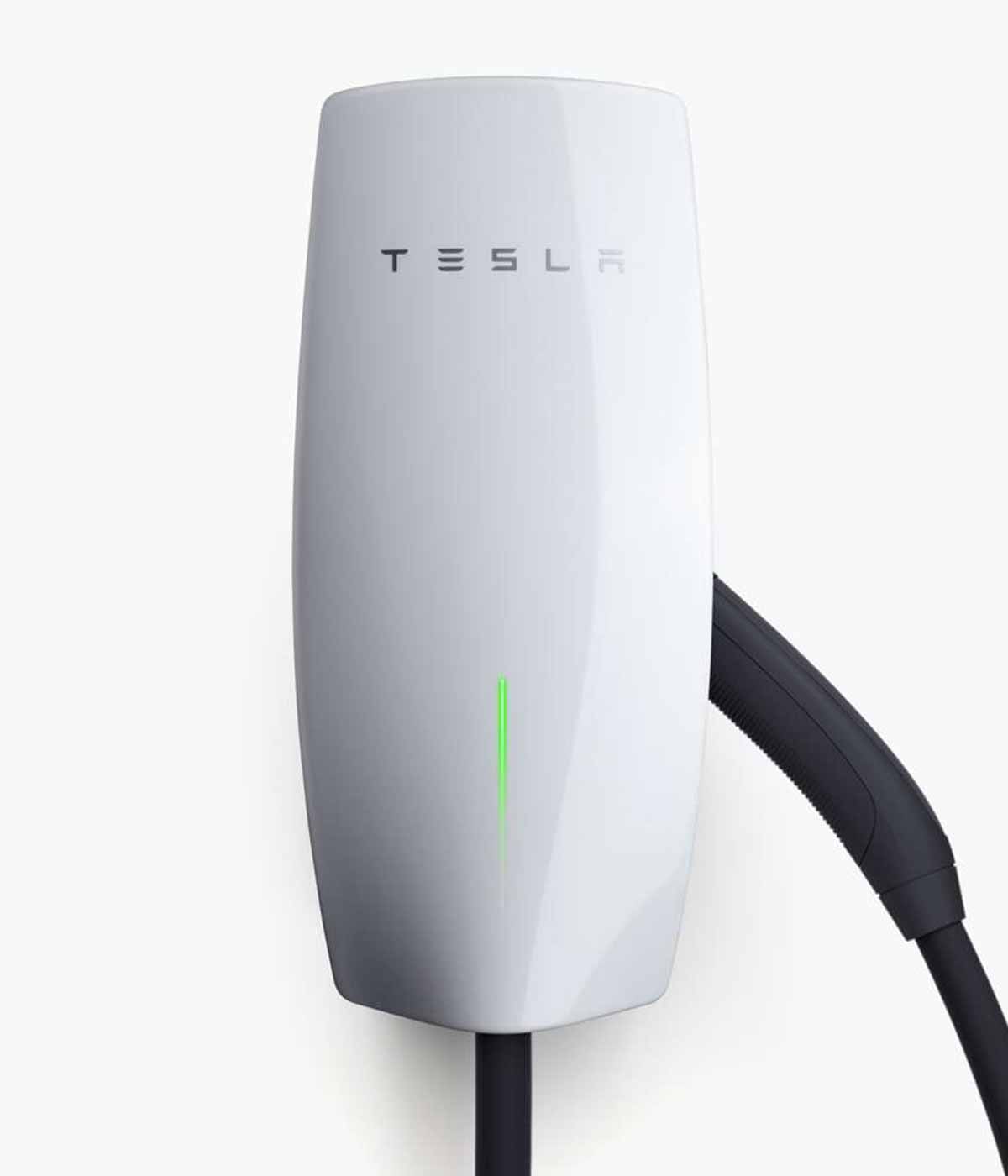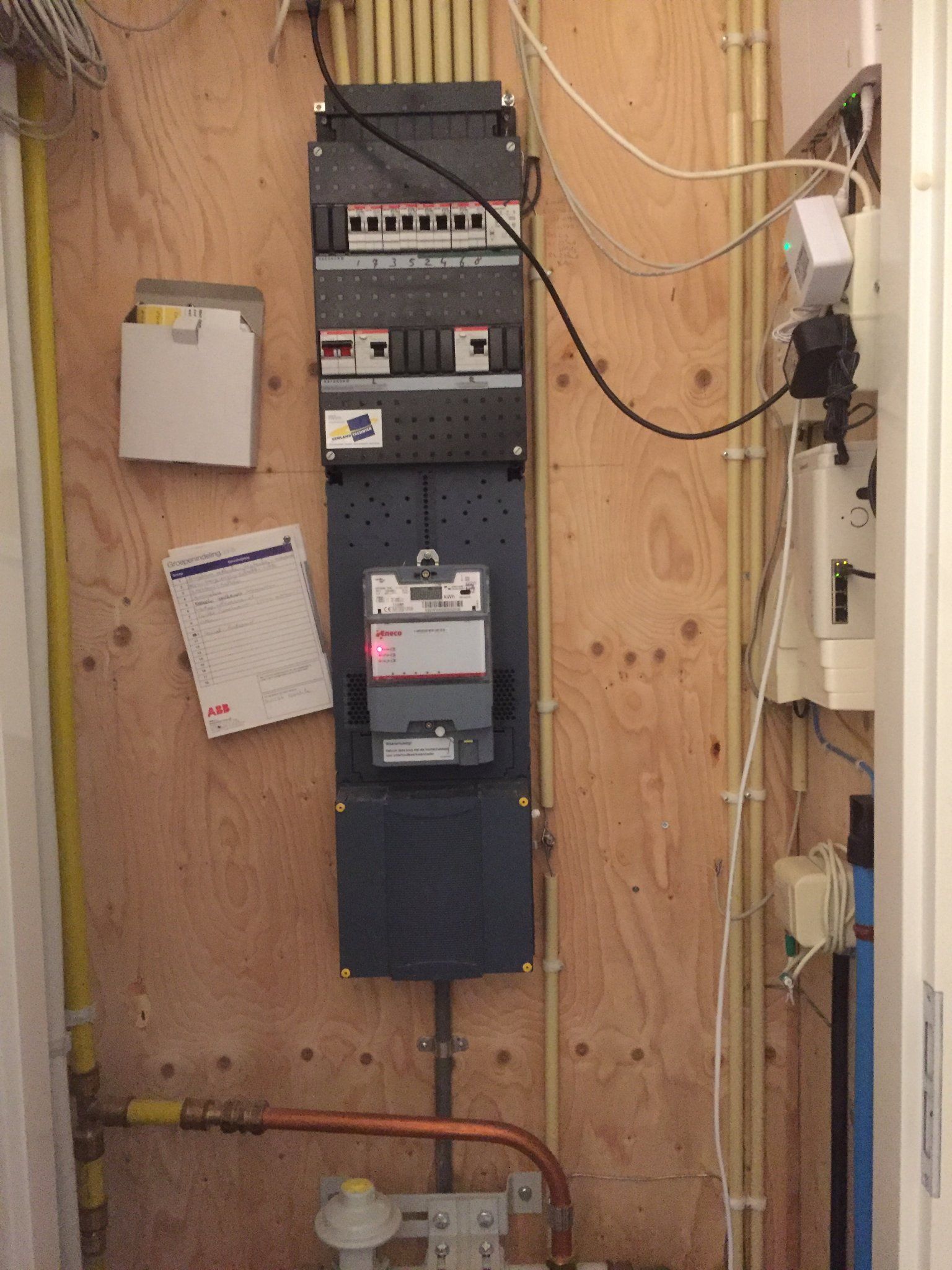
So it’s still much quicker on a long trip to drive slower in order to increase the range by reducing air resistance. Unfortunately they’re not as aerodynamic or efficient as they could be, so even if all 12kW made it to the battery, with a current sedan you might only get perhaps 50 miles at rated speed back per hour.

#Wire gauge for tesla wall connector full
And while DC fast charging seems to be rough, if electric cars regularly accepted at least 12kW / 240V 50A, then they could make full use of an RV hookup in areas with no EV chargers. Anyway, it’s easier to sell a car where it’s hard to replace the battery but it’s got more range for the price. If I could “refuel” in just a few minutes as described above, I’d buy in a heartbeat – range would become irrelevant, and smaller/less expensive cars would become more attractive.Įveryone would want to hold onto the batteries in good condition and swap away from the ones that are worn out. I often have to make car trips of 500+ miles, and range is the only reason I do not already own an EV. Making the “refueling” process as quick and painless as possible is the key to making EVs ubiquitous. Service stations could be active (recharging locally) or, in more remote/rural areas with limited infrastructure, they could simply receive shipments of fully-charged batteries and send the discharged ones back on the same truck. As long as the battery’s physical dimensions fit the standard, and the data interface is flexible enough, innovations in battery technology won’t be hindered. The physical interface should be simple, like sliding a tray into a rack and securing it with a bolt or clips. Service stations then become battery storehouses you pull in, they pop your battery out, replace it with a fully charged one, and off you go. The standards that should be promoted are for the battery interface – form factor, HV/high current electrical connection, and a data interface so the car and battery can adapt to one another. Having each “pit stop” on a road trip take 30+ minutes is a major impediment to widespread EV acceptance. I think the current charging paradigm is misguided. I agree that a giant coil in the slab of the garage probably isnt a great plan though. Id rather an induction paddle than a teslaplug, even if I need 2 or 3 or 4…maybe 3d print a multipaddle plug. Now 26kwh in an 8hr charge is no 元 supercharger but its a respectable rate of charge for a turn of the century vehicle. So from an overall design and safety perspective it was a good system. There were no electrical contacts to touch or corrode on either the charger or the cord/paddle. When in place the system essentially became an air gap isolation transformer between the vehicle and the charger. The induction charging paddle used in the GM EV1 was a captive coil inserted into a keyed slot port of a wall mounted charging system. It would most certainly be incredibly inefficient. I know that most people think of it that way, cut and dry, YOUR TRYING TO BEAM ELECTRICITY! And yes it would be awesome if there were some HAD way to TESLA COIL charge your TESLA. I just want to point out that not all induction is “wireless” charging.

Posted in car hacks, News Tagged CCS, chademo, electric vehicle, ev, EV charger, standards, tesla Post navigation It certainly seems like the time to get in on the ground floor of an EV charging empire with an army of Charglas.

We’ve discussed some of the different standards before as well as work toward wirelessly charging EVs (besides the inductive charger on the EV1). If you want to add NACS to your own EV project, the standard is here. Having to mess with one while handling high-power electrical connections is less than ideal, to say the least. Dongles are annoying enough for plugging in an external monitor. However, with recent announcements from Ford, GM, and Rivian that they would begin supporting NACS in their vehicles, it seems a new dominant standard is supplanting CCS (and the all-but-dead CHAdeMO) in North America.Īs Tesla already has the most extensive charging network on the continent and has begun opening it up for other EVs, it makes sense that other marques would want to support NACS, if nothing else to satiate customer demand for a dead-simple charging experience. It’s finally taking off with a number of manufacturers signing on.Ĭompanies launching “standards” based on their previously proprietary technology in opposition to an established alternative usually leads to standards proliferation. Last November, Tesla open-sourced parts of its charging infrastructure, not-so-humbly unveiling it as the North American Charging Standard (NACS).


 0 kommentar(er)
0 kommentar(er)
